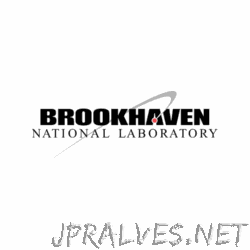Other

“Thin-film coating prevents oxidation that impairs superconductivity and quantum coherence Scientists at the U.S. Department of Energy’s (DOE) Brookhaven National Laboratory have discovered that adding a layer of magnesium improves the properties of tantalum, a superconducting material that …

“In a finding that helps elucidate how molten salts in advanced nuclear reactors might behave, scientists have shown how electrons interacting with the ions of the molten salt can form three states with different properties. Understanding these states can help …

“The game mancala may have originated as far back as 6000 BCE in Jordan and is played around the world to this day. It consists of stones that players move between a series of small pits on a wooden game …
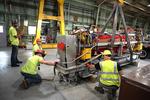
“Argonne is recycling 700 magnets as its Advanced Photon Source undergoes an upgrade, and the old magnets will be used for the Electron-Ion Collider Like cats, magnets for physics experiments can have many lives. In 2015, researchers at the U …
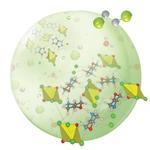
“Putting a suite of new materials synthesis and characterization methods to the test, a team of scientists from the University of Iowa and the U.S. Department of Energy’s (DOE) Brookhaven National Laboratory has developed 14 organic-inorganic hybrid materials …
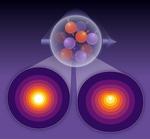
“A collaboration of nuclear theorists at the U.S. Department of Energy’s (DOE) Brookhaven National Laboratory, Argonne National Laboratory, Temple University, Adam Mickiewicz University of Poland, and the University of Bonn, Germany, has used supercomputers to predict the spatial …
News Muon G-2 Doubles Down With Latest Measurement, Explores Uncharted Territory in Search of New Physics
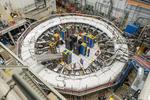
“Scientists working on Fermilab’s Muon g-2 experiment released the world’s most precise measurement yet of the anomalous magnetic moment of the muon, bringing particle physics closer to the ultimate showdown between theory and experiment that may uncover new …
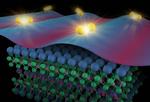
“Tunneling spectroscopy uncovers the clearest proof yet that this exotic superconducting state of matter exists without a magnetic field in an iron-based superconductor. In the field of superconductivity—the phenomenon in which electrons can flow through a material with essentially …
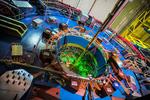
“Results point to importance of internal structure of nucleons—and need for new measurements to disentangle other contributions. New measurements of how particles flow from collisions of different types of particles at the Relativistic Heavy Ion Collider (RHIC) have provided …

“Results from ‘golden measurement’ at RHIC’s PHENIX experiment show the spins of gluons align with the spin of the proton they’re in A new publication by the PHENIX Collaboration at the Relativistic Heavy Ion Collider (RHIC) provides definitive …

